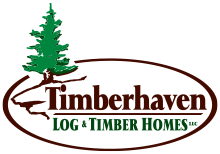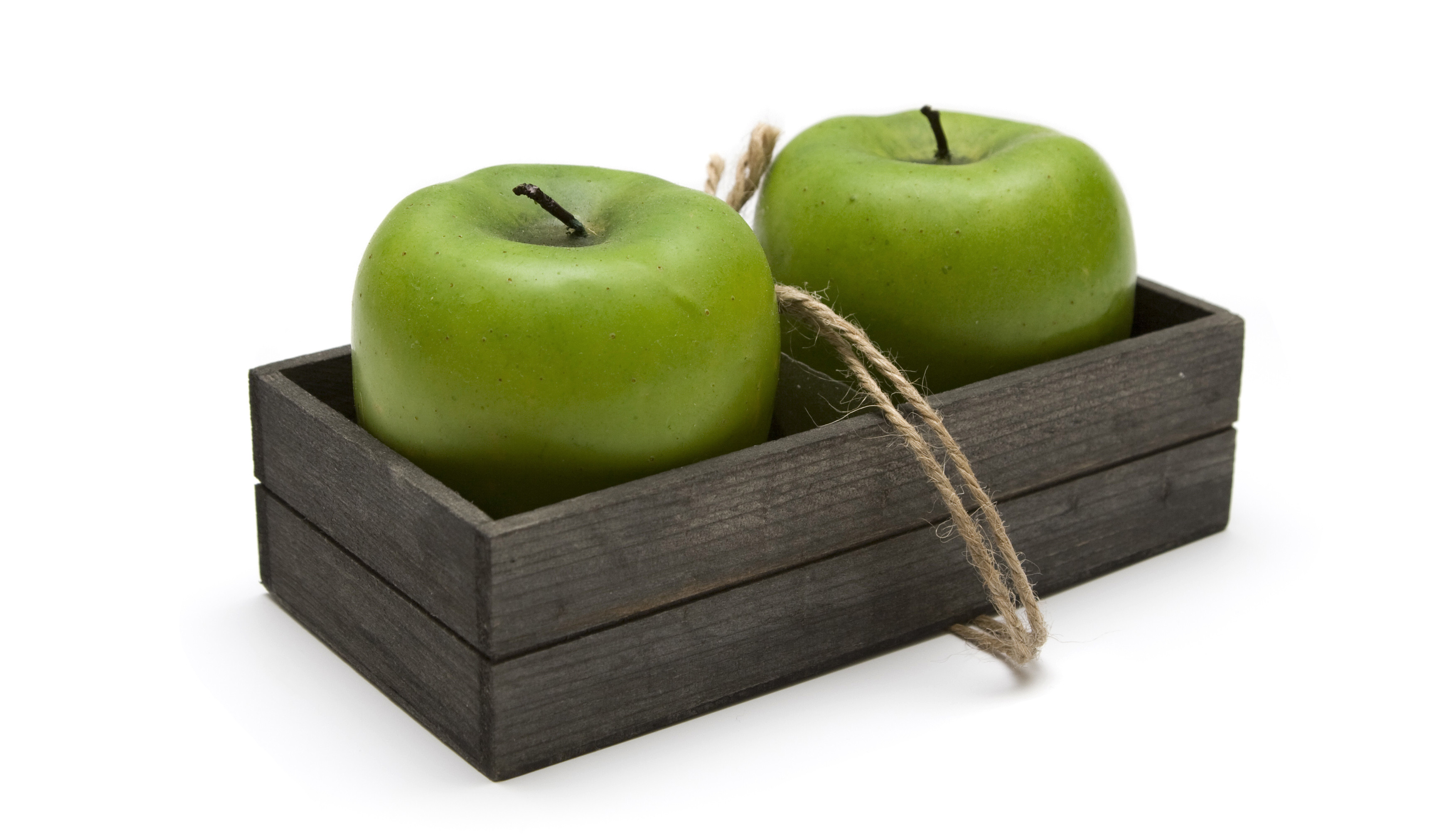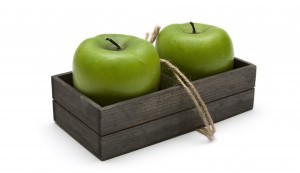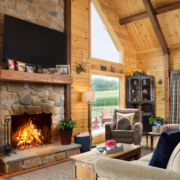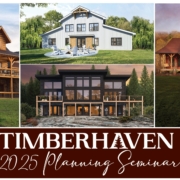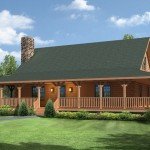Essential Factors to Consider When Comparing Log and Timber Home Estimates – Part 1
Essential Factors to Consider When Comparing Log and Timber Home Estimates – Part 1
At Timberhaven Log & Timber Homes, we believe that customers should be well-informed when making their homebuilding decisions. In this series, we’ll explore crucial factors to consider when comparing estimates for your dream log, timber frame or hybrid home. In this first part, we’ll focus on the essential elements that every prospective homeowner should keep in mind.
1. Design and Style
Choosing the design and style of your home is not just about aesthetics but also functionality. Ensure the homes being quoted have similar architectural features and layouts to make a fair comparison. From traditional log cabins to modern timber frame masterpieces, understanding your preferred style will guide you in finding the perfect fit for your dream home.
2. Size and Square Footage
Size matters when it comes to your home. Verify that the square footage and overall size of the homes being quoted are equivalent for accurate comparisons. Consider your family’s current and future needs, including space for hobbies, guests, and storage. Balancing size with budget is essential to ensure you get the most value out of your investment.
3. Log or Timber Species
The type of wood used in your home not only impacts its appearance but also its durability and maintenance requirements. Understanding the characteristics of different wood species will help you make an informed decision. Consider factors such as color, grain pattern and stability when choosing the right species for your home. At Timberhaven, our species of choice has always been and will always be Eastern White Pine.
4. Log Profile and Size
Logs and timbers come in various sizes and profiles, each with its unique charm and structural benefits. Compare the dimensions and shapes of logs or timbers to understand how they contribute to the overall look and feel of your home. From manufactured logs to structural timbers and faux timber accents, exploring different profiles will allow you to customize your home to reflect your personal style.
5. Log Wall Thickness
The thickness of your log home’s walls not only affects its appearance but also its insulation and energy efficiency. Thicker walls provide better thermal performance, keeping your home comfortable year-round and reducing energy costs. Sometimes thickness is driven by local building codes, so it’s important to explore those regulations as well. Understanding the implications of wall thickness will help you make an informed decision.
6. Quality of Materials
The quality of materials used in your home can significantly impact its longevity and overall value. From the logs or timbers to the roofing and insulation, every component plays a crucial role in the durability and performance of your home. Compare the quality of materials included in each estimate to ensure you’re getting the best value for your investment.
By considering these essential factors when comparing log and timber home estimates, you can lay the groundwork for a successful and satisfying log, timber frame or hybrid home project. Stay tuned for the next installment, where we’ll delve into additional considerations to further refine your decision-making process. Or connect with your local representative to learn more today.
